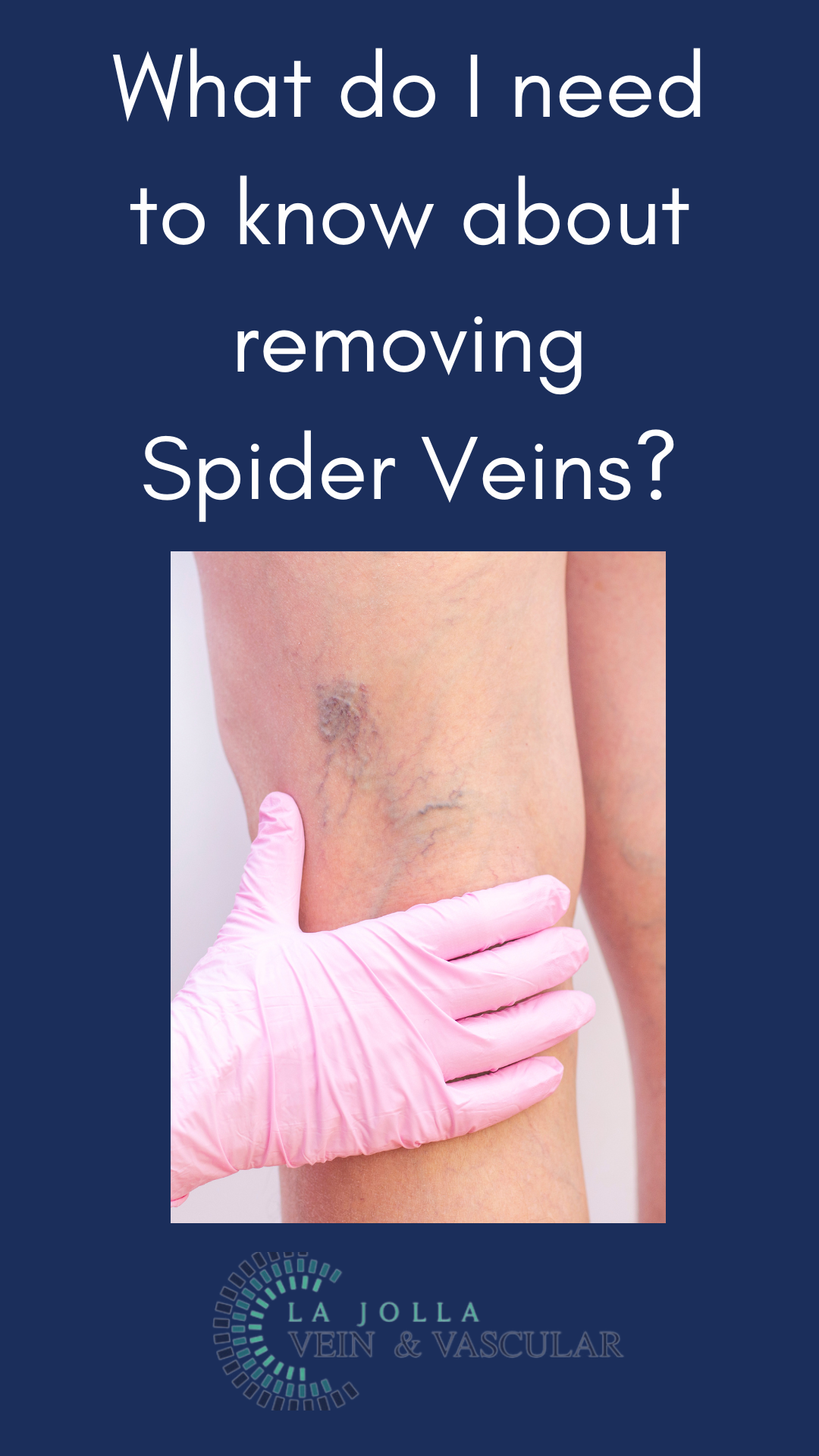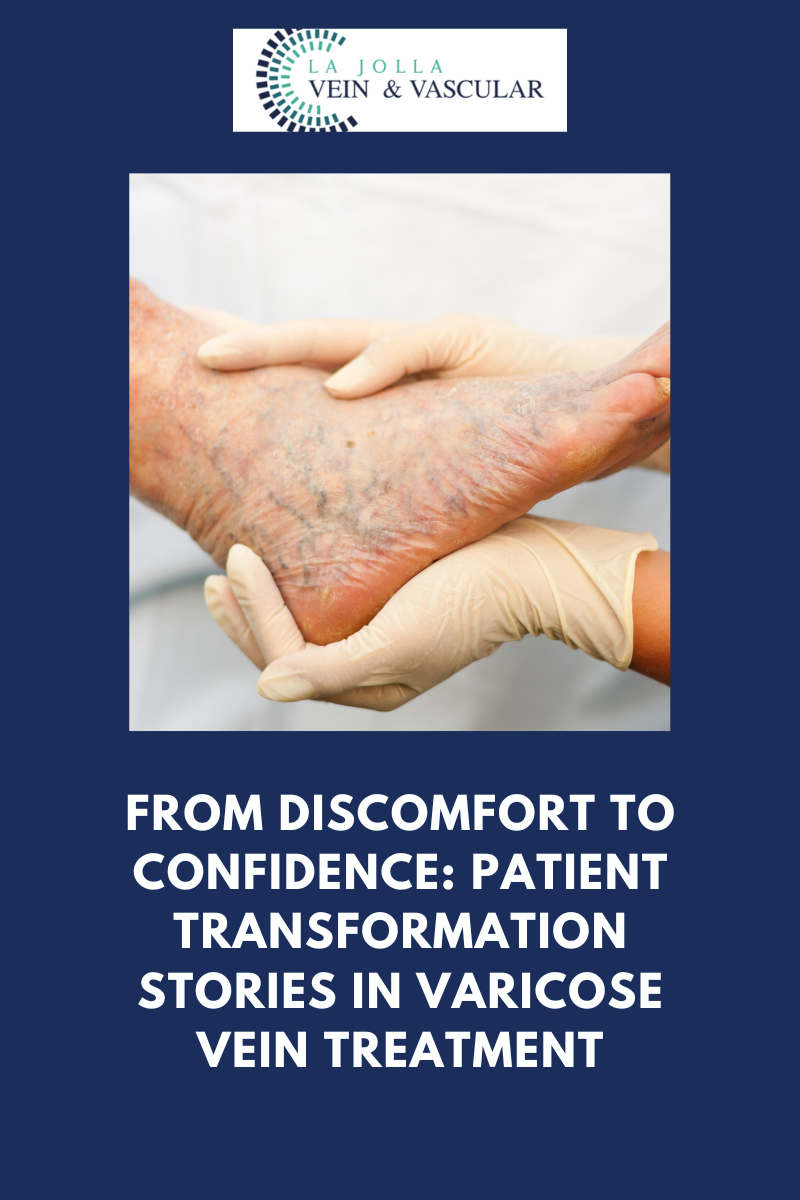What do I need to know about removing Spider Veins?

Unveiling Crucial Insights on Spider Veins
Spider veins, those delicate reddish veins visible just beneath the skin’s surface, often pose a bothersome cosmetic concern for many individuals. Though commonly seen as a minor issue, spider veins may hint at underlying problems extending beyond mere aesthetics. This article delves into the realm of spider veins, exploring their causes, symptoms, and the most effective spider vein treatment options available. Let’s uncover the true nature of these tiny veins and discover how to manage them effectively.
Understanding Spider Veins
Spider veins, also termed telangiectasias, are fine thread-like veins that create a web-like pattern on the skin’s surface. Presenting in hues of red, blue, or purple, these veins might hold more significance for your vein health than their innocent appearance suggests.
Exploring the Link to Feeder Veins and Venous Insufficiency
While spider veins themselves may not raise significant health concerns, they could be linked to underlying feeder or reticular veins not immediately visible. These feeder veins are often associated with larger veins, potentially indicating venous insufficiency—a condition where veins struggle to efficiently transport blood back to the heart. Specific placements of spider veins, such as those near inner ankles or thighs, might signal an issue with the saphenous vein. Medical experts may recommend ultrasound examinations to precisely identify and address the origin of these veins.
Recognizing Symptoms
Spider veins can impact individuals differently. While some experience them solely as a cosmetic concern, others might endure symptoms like burning, throbbing, localized pain, itchiness, and occasional bleeding. Awareness of these symptoms is crucial in determining suitable steps for managing and treating spider veins.
Unveiling the Causes
These leg veins often share causative factors with varicose veins: malfunctioning vein valves. When these valves fail to prevent blood pooling within veins, it leads to their enlargement and stretching. Spider veins on other body parts, like the face and chest, may arise due to factors such as sun damage, hormonal changes, or liver disease. Hormonal fluctuations stemming from pregnancy, birth control, or hormone therapy can weaken vein walls, making them prone to spider vein formation.
Identifying Risk Factors
Several factors contribute to an individual’s susceptibility to developing spider veins, including genetics, pregnancy, female gender, aging, obesity, hormonal imbalances, and prolonged sitting or standing. Understanding these risk factors aids in both prevention and early intervention.
Effective Treatment Options
For relief, various treatment options are available. Sclerotherapy is the primary approach for treating spider veins on legs, involving injections of a liquid sclerosant medication into affected veins to close and fade them. Multiple sessions are often recommended for optimal results. While lasers can address fine spider veins, sclerotherapy remains the gold standard due to its effectiveness.
Despite appearing minor, spider veins can offer crucial insights into vein health. Whether for cosmetic concerns or discomfort, understanding their potential underlying causes and seeking appropriate treatment is essential. Early intervention and effective treatments like sclerotherapy not only enhance appearance but also promote better overall vein health. Remember, caring for your veins is an investment in your well-being, paying dividends in comfort and confidence. Looking for the best spider vein treatment in San Diego? La Jolla Vein & Vascular is here to assist.
“Bringing Experts Together for Unparalleled Vein and Vascular Care”
La Jolla Vein & Vascular (formerly La Jolla Vein Care) is committed to bringing experts together for unparalleled vein and vascular care.
Nisha Bunke, MD, Sarah Lucas, MD, and Amanda Steinberger, MD are specialists who combine their experience and expertise to offer world-class vascular care.
Our accredited center is also a nationally known teaching site and center of excellence.
For more information on treatments and to book a consultation, please give our office a call at 858-550-0330.
For a deeper dive into vein and vascular care, please check out our Youtube Channel at this link, and our website https://ljvascular.com
For more information on varicose veins and eliminating underlying venous insufficiency,
Please follow our social media Instagram Profile for more fun videos and educational information.
For more blogs and educational content, please check out our clinic’s blog posts!





